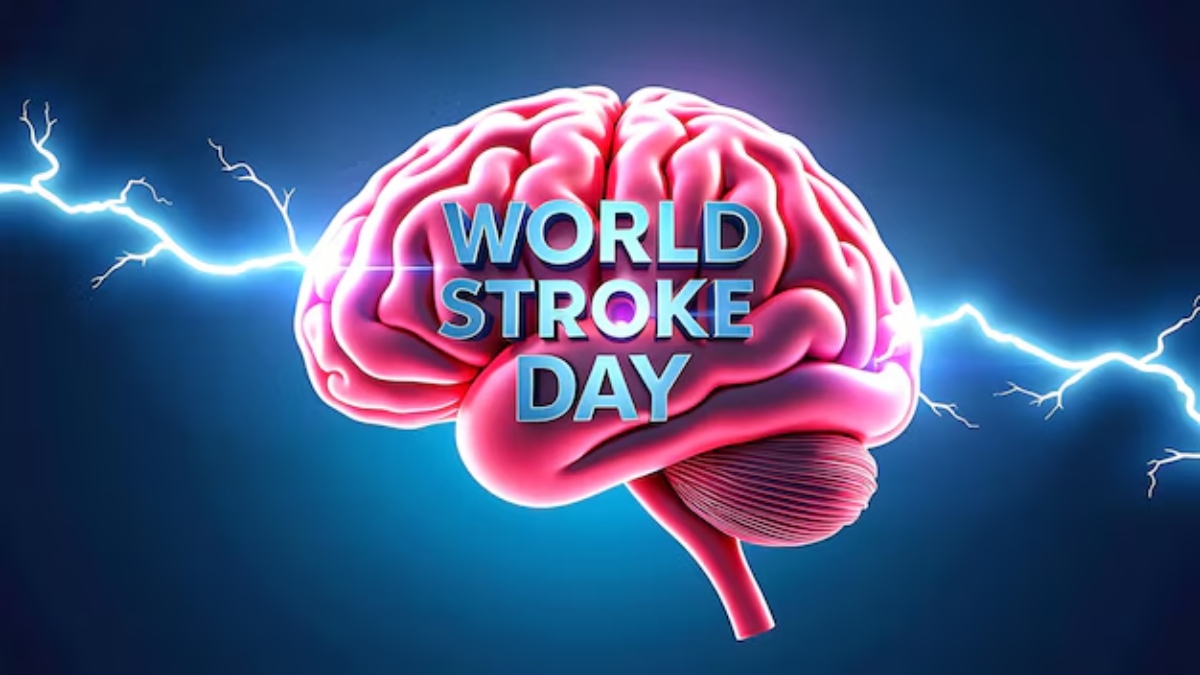When a stroke occurs, blood supply to a part of the brain is obstructed, which leads to damage to brain cells because of a lack of oxygen and blood supply. This leads to inflammation in the brain and oxidative damage to the brain cells, leading to swelling in the brain. As the blood supply to the brain stays obstructed, more and more cells continue to die, breaking the blood-brain barrier, causing water to enter the brain. This lasts for the first few days, and then after seven days, as the brain's natural mechanisms begin to come in, the swelling starts to subside, and the body starts to repair the damaged brain.
Strokes can be prevented by following a healthy lifestyle, which includes a daily 30-minute walk, avoiding central abdominal obesity, eating food that is low in salt (less than six grams), low in saturated fats like oil and butter, increasing intake of fruits and vegetables with some benefit from walnuts and almonds, having adequate sleep, avoiding pollution, avoiding smoking, avoiding excessive alcohol, controlling cholesterol, controlling blood sugar, and controlling blood pressure. If you have heart disease, taking appropriate medication to prevent clots from traveling from the heart to the brain can help control strokes in about 50%.
The warning signs of stroke can be classified as B.E. F.A.S.T., where:
B is for balance: You are unable to control your balance or walk properly.
E is for eyes: You are unable to see, or you have double vision.
F is for face: Your face is drooping to one side.
A is for arm: You are unable to lift one arm.
S is for speech: There is slurring of speech or inability to speak.
T is for time: If you have any of these symptoms, then time is of the essence because if you are able to recognize the stroke within the first four and a half hours, clot-busting drugs can be administered to break the clot and restore the blood supply to the brain, to prevent inflammatory cascade.

 If you have any of these symptoms, then time is of the essence because if you are able to recognize the stroke within the first four and a half hours, clot-busting drugs can be administered to break the clot and restore the blood supply to the brain, to prevent inflammatory cascade.
If you have any of these symptoms, then time is of the essence because if you are able to recognize the stroke within the first four and a half hours, clot-busting drugs can be administered to break the clot and restore the blood supply to the brain, to prevent inflammatory cascade.










.jpeg)

















.jpg)


